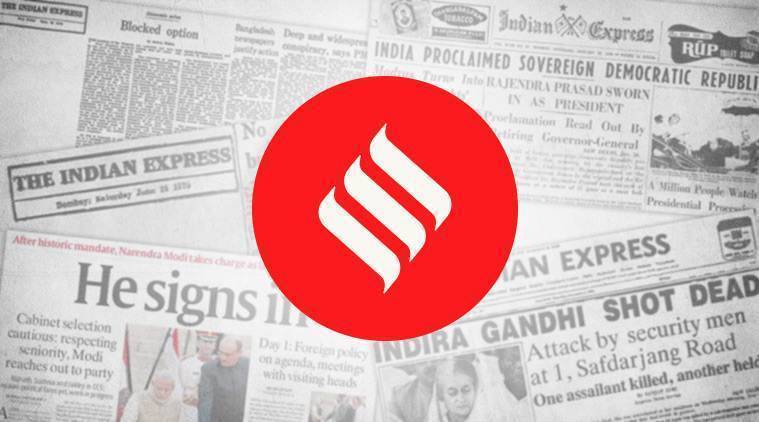 To make matters worse, there has been further mobilisation of military forces on both sides since the Galwan clash.
To make matters worse, there has been further mobilisation of military forces on both sides since the Galwan clash.
Neither Delhi nor Beijing have given too many details on the “mutual consensus” on military disengagement arrived at in Monday’s meeting of senior military commanders in eastern Ladakh. The talks at the military level are being reinforced by diplomatic consultations between the two governments. Having seen the previous agreement on June 6 break down, Delhi would be wise to be extra cautious this time. Even with the best of goodwill and political trust, demobilising militaries from a line of confrontation is inherently difficult. Questions on the interpretation of the agreement, the sequence of withdrawal, timelines for implementation and the protocols for verification of the steps taken can all be deeply contentious. After the bloody encounter at Galwan on the night of June 15, mutual goodwill at the military level and trust at the political level are unsurprisingly in short supply.
To make matters worse, there has been further mobilisation of military forces on both sides since the Galwan clash. It is also not clear if the two sides fully agree on what the end-state of the disengagement process is. Delhi has repeatedly affirmed that it would like to see complete and unambiguous restoration of the situation in eastern Ladakh before the massive Chinese military mobilisation all across the frontier in early May. While Indian sources seem to suggest China is ready to roll back, Beijing has not publicly confirmed that as a shared goal. Nor is it clear if Beijing agrees with Delhi on what “status quo ante” means on the ground. The story of the China frontier in the last few decades has been the PLA’s small but frequent land grabs across the Line of Actual Control. Delhi has now taken a public position that it will no longer accept an outcome where the PLA walks one step back after taking two steps across the LAC. That China continues to put across a new claim for the entire Galwan Valley highlights the political challenges ahead.
Notwithstanding this structural political tension and the essential complexity of military disengagement, the fact that talks are taking place is a good sign. Equally welcome is the fact that the Indian and Chinese troops marched in Moscow at an international military event to mark the 75th anniversary of Russian victory in the Second World War. The Indian and Chinese foreign ministers also joined the Russian foreign minister in a prescheduled video conference. This is part of the regular trilateral political interaction between India, Russia and China. But Delhi appears to have declined the opportunity for a meeting in Moscow between the visiting defence minister Rajnath Singh and his Chinese counterpart General Wei Fenghe. On balance, then, it is too early to celebrate the presumed agreement on military disengagement in the Ladakh frontier. India must remain vigilant, it’s a long road ahead.